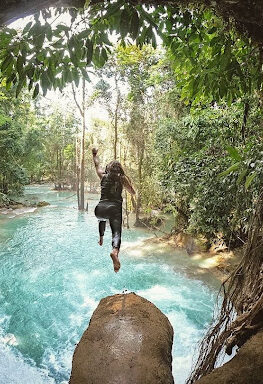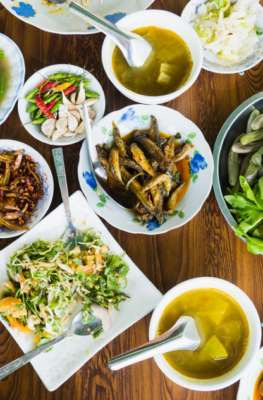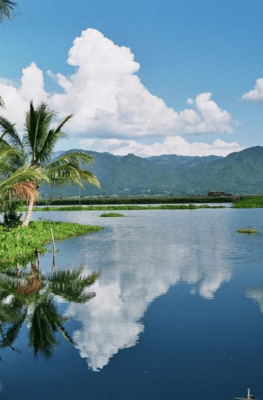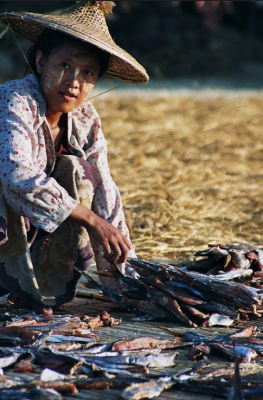Published on December 8, 2014
Once the heart of a great empire, Myanmar takes pride in the temples, palaces and city ruins built by previous generations of rulers, and left scattered all across the countryside.
1.1. Bagan-Nyaung U, Mandalay Region

The Kingdom of Pagan unified much of Myanmar before the 10th century AD, and its capital is now one of Myanmar’s most historic destinations. Over five thousand stupas dot the 42 square kilometers comprising the Bagan Archaeological Zone, built through the years of Bagan’s rise to power and after its decline.
The most important of Bagan’s stupas, Shwezigon, was the model for the Shwedagon Pagoda in Yangon. Other important Bagan landmarks include the Ananda Temple, a massive hollow pagoda built in 1091 AD; Shwesandaw Pagoda, where tourists climb to view the sunset over the Ayeyarwady; the Bagan Museum, which preserves artifacts from the old Pagan Kingdom; and Mount Popa, set 60km southeast from Bagan and a center for “nat” (spirit) worship. Official Myanmar Tourism site.
1.2. Mandalay, Mandalay Region

Myanmar’s second-largest city is still its beating cultural heart. The city is centered around a recreation of the Royal Palace, inhabited by the Konbaung Dynasty before the arrival of the British. In its precincts, travelers will find traditional arts still being produced as if the kings never left: wood and marble carving, gold and silver work; silk weaving; and tapestry making, among others.
Not far from the city centre, you’ll find a number of key highlights: Mandalay Hill, topped by a large gold-plated Buddha and offering magnificent views of Mandalay and its surrounding countryside; and Kuthodaw Pagoda, built in 1857 to house “the world’s largest book”. Further afield, you’ll find significant spots like Amarapura, another former capital; MIngun, site of the world’s largest ringing bell and a massive unfinished pagoda; and Pyin-Oo-Lwin, a cool, laid-back hill station. Official Myanmar Tourism site.
1.3. Mrauk U, Rakhine State
Once the capital of the Arakan Kingdom, Mrauk U still commands respect due to the grandeur of its temples, stupas and city ruins. Its isolation is part of its allure – far from the tourist rush, you can explore Mrauk U’s monuments at your leisure. Shittaung Pagoda is the biggest and most prominent – built to celebrate the Arakan King’s victory over Bengal, this stupa is best known for its intricate artwork, from its maze of stone Buddha images to its well-preserved fresco paintings.
Explore the rest of Mrauk U at your leisure, but do not leave without seeing the Archaeology Museum inside the royal palace ruins, where a number of exhibits and relics shed some light on the Arakan kingdom that once ruled this part of Myanmar.






